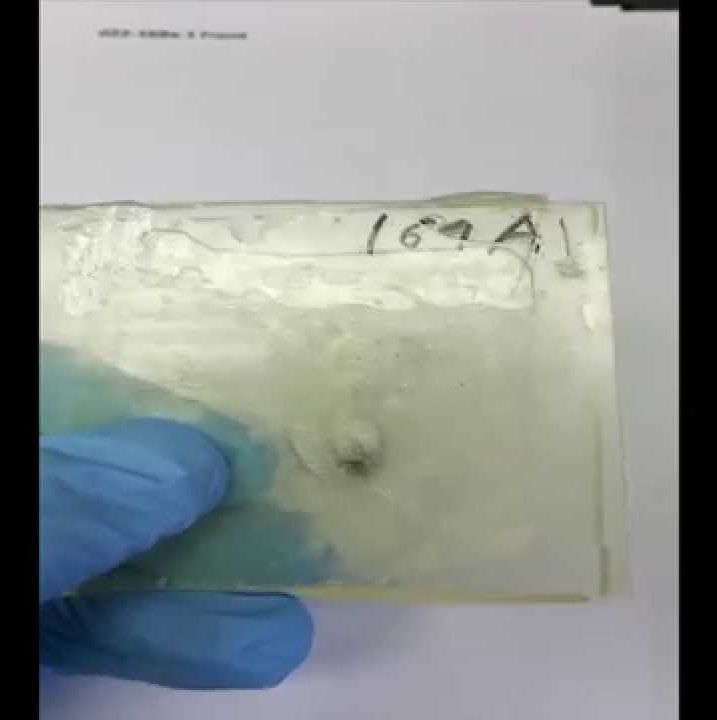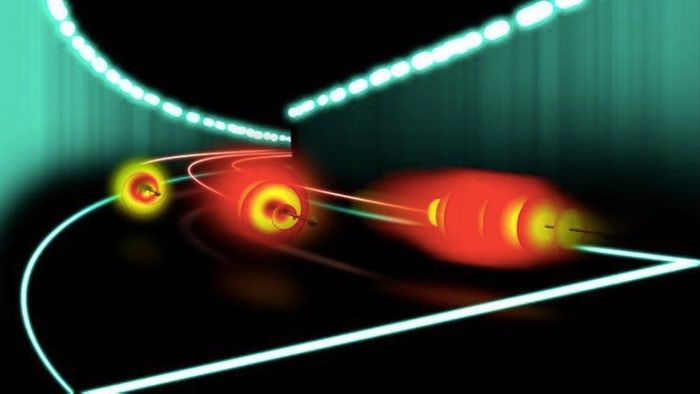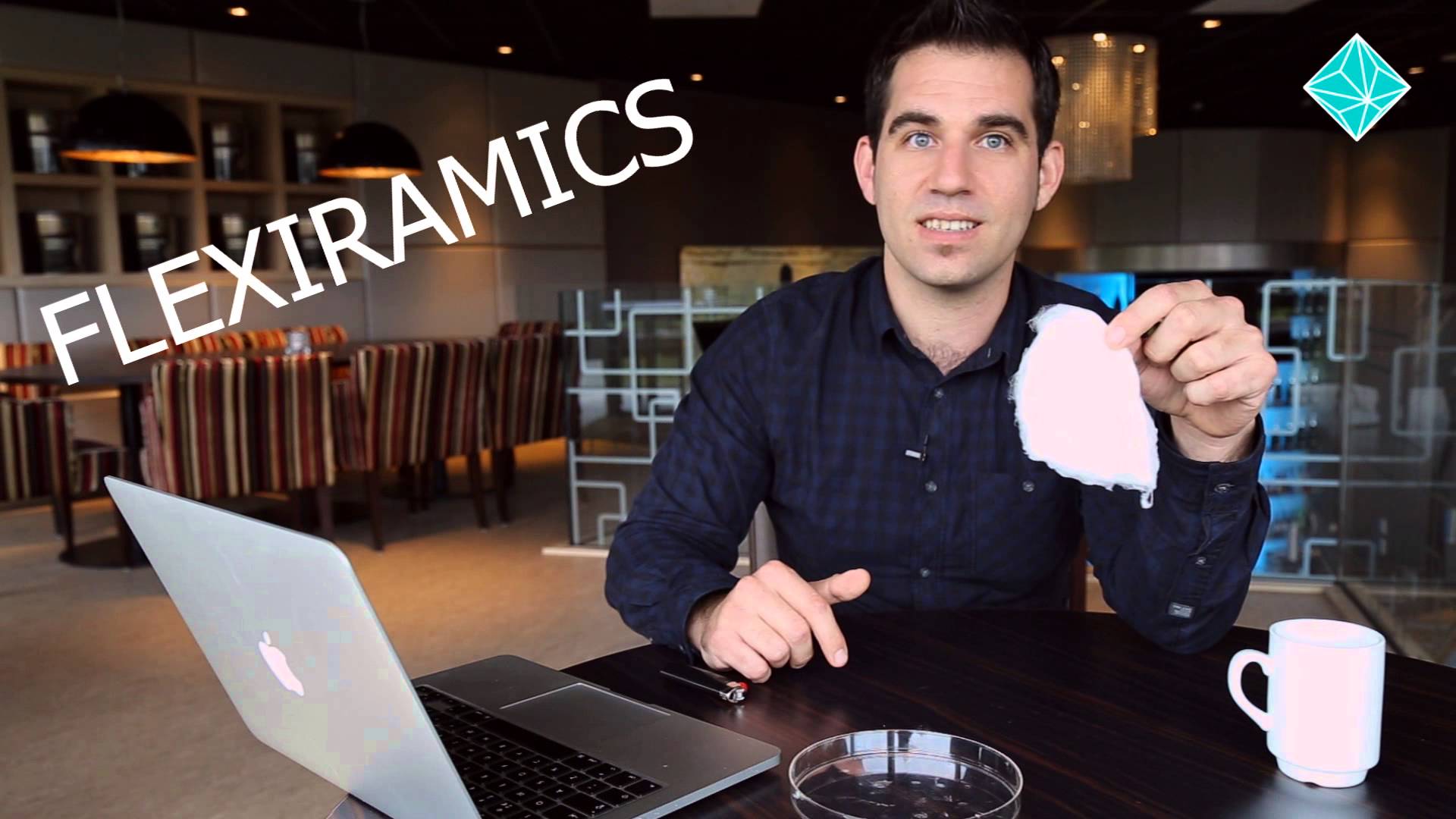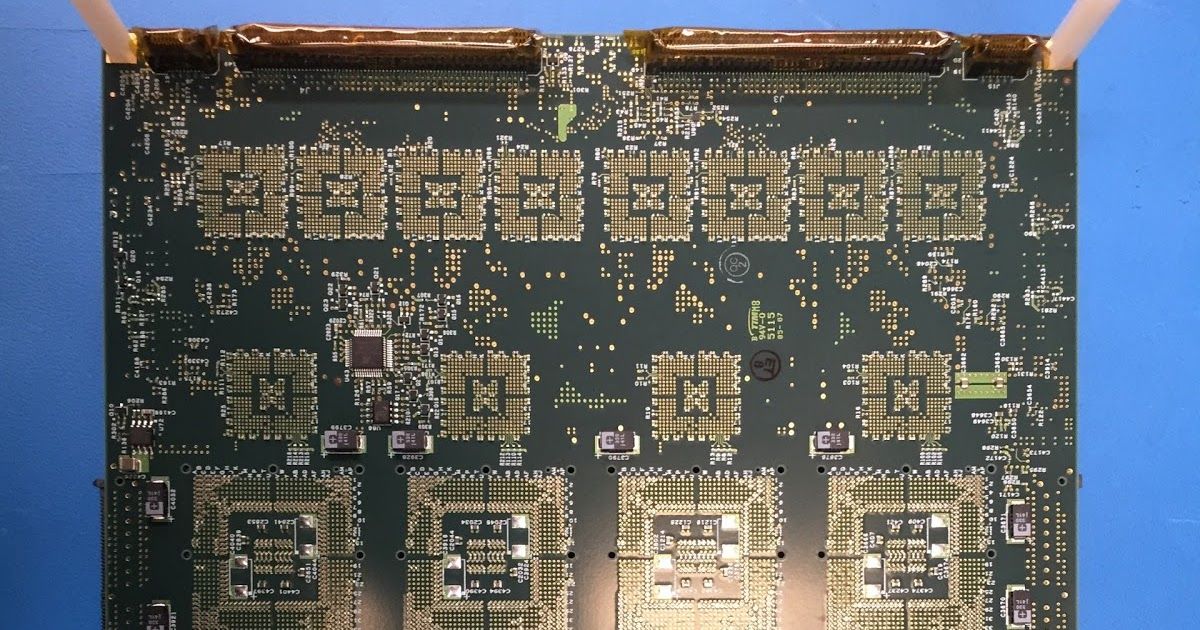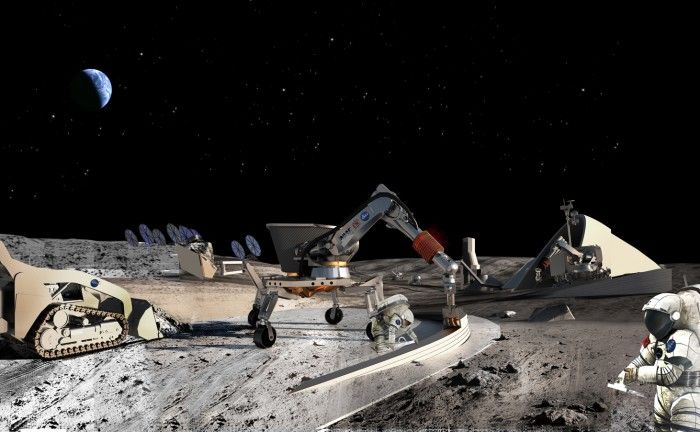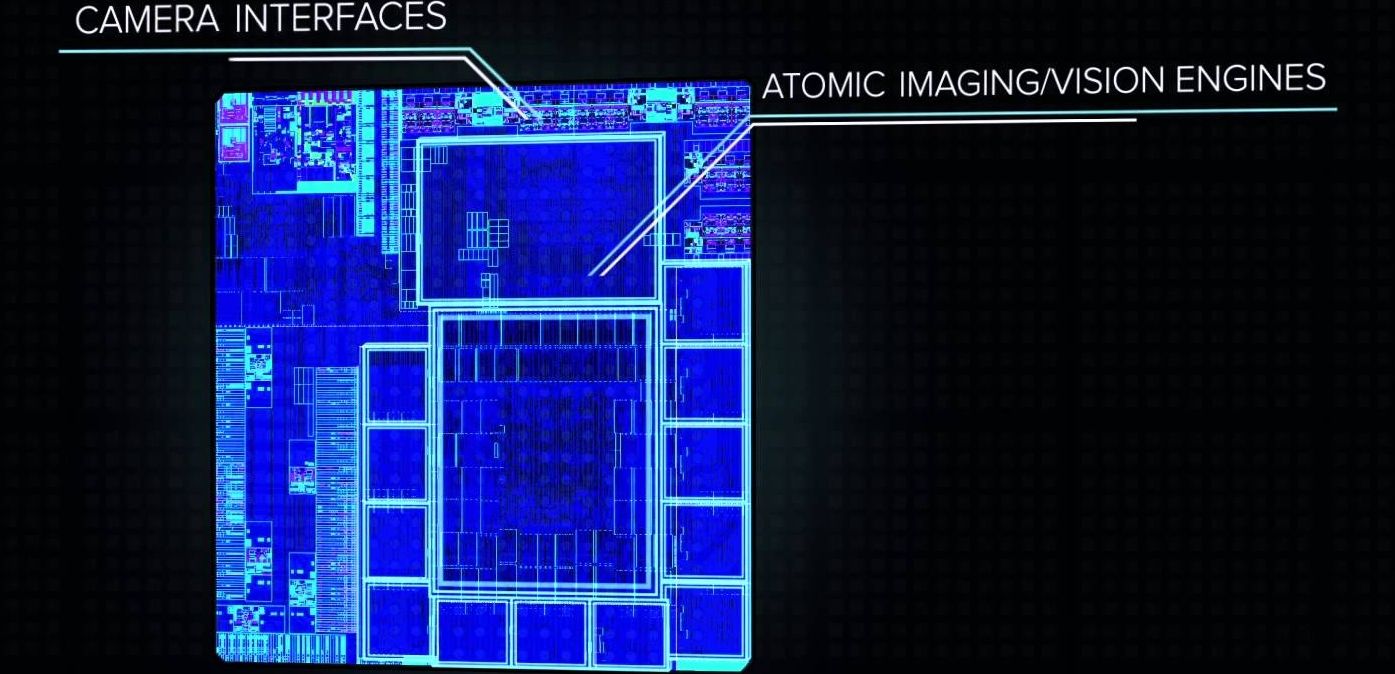Synthetic biology involves creating or re-engineering microbes or other organisms to perform specific tasks, like fighting obesity, monitoring chemical threats or creating biofuels. Essentially, biologists program single-celled organisms like bacteria and yeast much the same way one would program and control a robot.
But 10 years ago, it was extremely challenging to take a DNA sequence designed on a computer and turn it into a polymer that could implement its task in a specific host, say a mouse or human cell. Now, thanks to a multitude of innovations across computing, engineering, biology and other fields, researchers can type out any DNA sequence they want, email it to a synthesis company, and receive their completed DNA construct in a week. You can build entire chromosomes and entire genomes of bacteria in this way.
“Biology is the most powerful substrate for engineering that we know of,” said Christopher Voigt, Professor of Biological Engineering at MIT. “It’s more powerful than electrical engineering, mechanical engineering, materials science and others. Unlike all the other fields, we can look at what biology is already able to do. When we look at the natural world, we see things like the brain. That’s a complex place computing, electrical engineering and computer science can’t reach. The brain even constructs nanostructures very deliberately, something materials science has not accomplished.”
